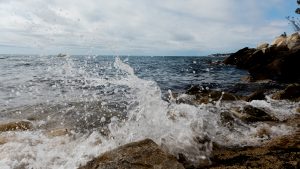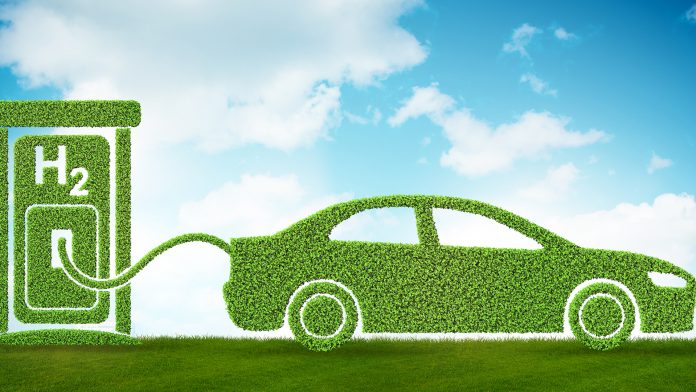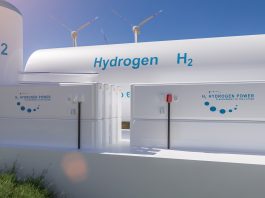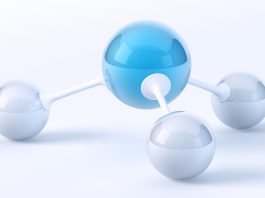An international team of researchers has successfully split seawater without pre-treatment to produce green hydrogen.
An international team, led by the University of Adelaide’s Professor Shizhang Qiao and Associate Professor Yao Zheng, has split seawater without pre-treatment to produce green hydrogen.
“We have split natural seawater into oxygen and hydrogen with nearly 100% efficiency, to produce green hydrogen by electrolysis, using a non-precious and cheap catalyst in a commercial electrolyser,” said Professor Qiao.
A non-precious catalyst is conventionally comprised of cobalt oxide with chromium oxide on its surface.
“We used seawater as a feedstock without the need for any pre-treatment processes like reverse osmosis desolation, purification, or alkalisation,” said Associate Professor Zheng.
“The performance of a commercial electrolyser with our catalysts running in seawater is close to the performance of platinum/iridium catalysts running in a feedstock of highly purified deionised water.”
The research, titled ‘Direct seawater electrolysis by adjusting the local reaction environment of a catalyst,’ is published in the journal Nature Energy.
Advantages and barriers to seawater electrolysis
“Current electrolysers are operated with highly purified water-electrolyte. Increased demand for green hydrogen to partially or totally replace energy generated by fossil fuels will significantly increase scarcity of increasingly limited freshwater resources,” said Associate Professor Zheng.
Seawater is considered a natural feedstock electrolyte, and is an almost infinite resource, so is very practical for regions with long coastlines and abundant sunlight. However, it is impractical for regions where seawater is scarce.

Also, seawater electrolysis is still in early development compared with pure water electrolysis due to electrode side reactions and corrosion arising from the complexities of using seawater.
“It is always necessary to treat impure water to a level of water purity for conventional electrolysers including desalination and deionisation, which increases the operation and maintenance cost of the processes,” said Associate Professor Zheng.
“Our work provides a solution to directly utilise seawater without pre-treatment systems and alkali addition, which shows similar performance as that of existing metal-based mature pure water electrolyser.”
The team’s work will generate green hydrogen for commercial uses in the future
Now, the team will begin to scale up the system by using a larger electrolyser so that it can be used in commercial processes such as green hydrogen generation for fuel cells and ammonia synthesis. Hydrogen fuel cell technology is extremely energy-efficient, enabling a higher energy production per pound of fuel than other sources.
The team’s work will have a place in the global transition to clean energy, as green hydrogen does not emit greenhouse gases in either its production or combustion.









